Books are great and all — no, really, hard copies have been scientifically proven to improve reader recall over e-books — but if you want to keep up in the classroom, digital tools are increasingly in demand.
From grade school to graduate school, at your desk, in your dorm room, or at the library, these gadgets can help give you an academic edge.
Asus Zenbook UX305
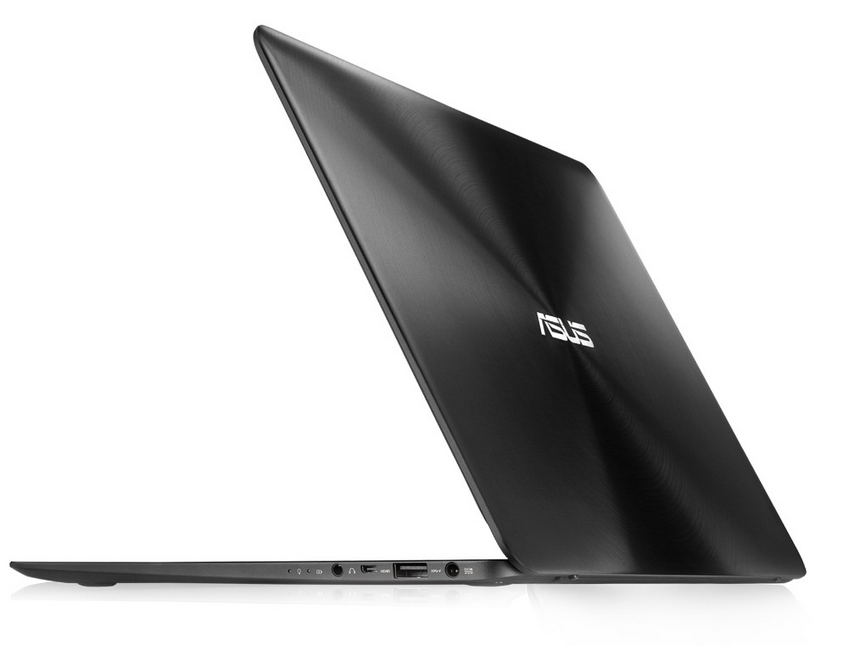
For decades, Apple has done a great job of connecting with the education set. But with premium prices, the company still miscalculates the size of hungry students’ wallets. Asus’s featherweight 13.3-inch laptop costs $699 ($300 less than the least expensive 13.3-inch MacBook Air), while beating Apple’s in specs. For instance, its 256GB of storage and 8GB of memory double those of Apple’s lowest-priced model.
But while the Zenbook’s up-to-10-hour battery life doesn’t edge the Air’s boast of 12 hours of charge while browsing the web, the Asus is packing the new Intel Core M processor, a chip Apple users will need to spend at least $1,299 to get in the newly redesigned MacBook. Throw in a free Windows 10 upgrade, and it doesn’t take a finance major to see this is a great value.
Adonit Pixel

The $99 Apple Pencil is a great tool for art students and doodlers alike, but there’s one downside to the iOS stylus: it requires the $599-and-up iPad Pro to work. For students lugging around older iPads, the $79 Adonit Pixel makes much more sense. A stylus that can detect 2048 levels of pressure sensitivity, the Pixel packs palm rejection technology, has programmable shortcut buttons, and works on everything from an original iPad mini to an iPhone 5 (if you need to make little scribbles). It also supports many popular apps like Autodesk Sketchbook, and coming soon, Adobe software and Procreate.
HP DeskJet 3700
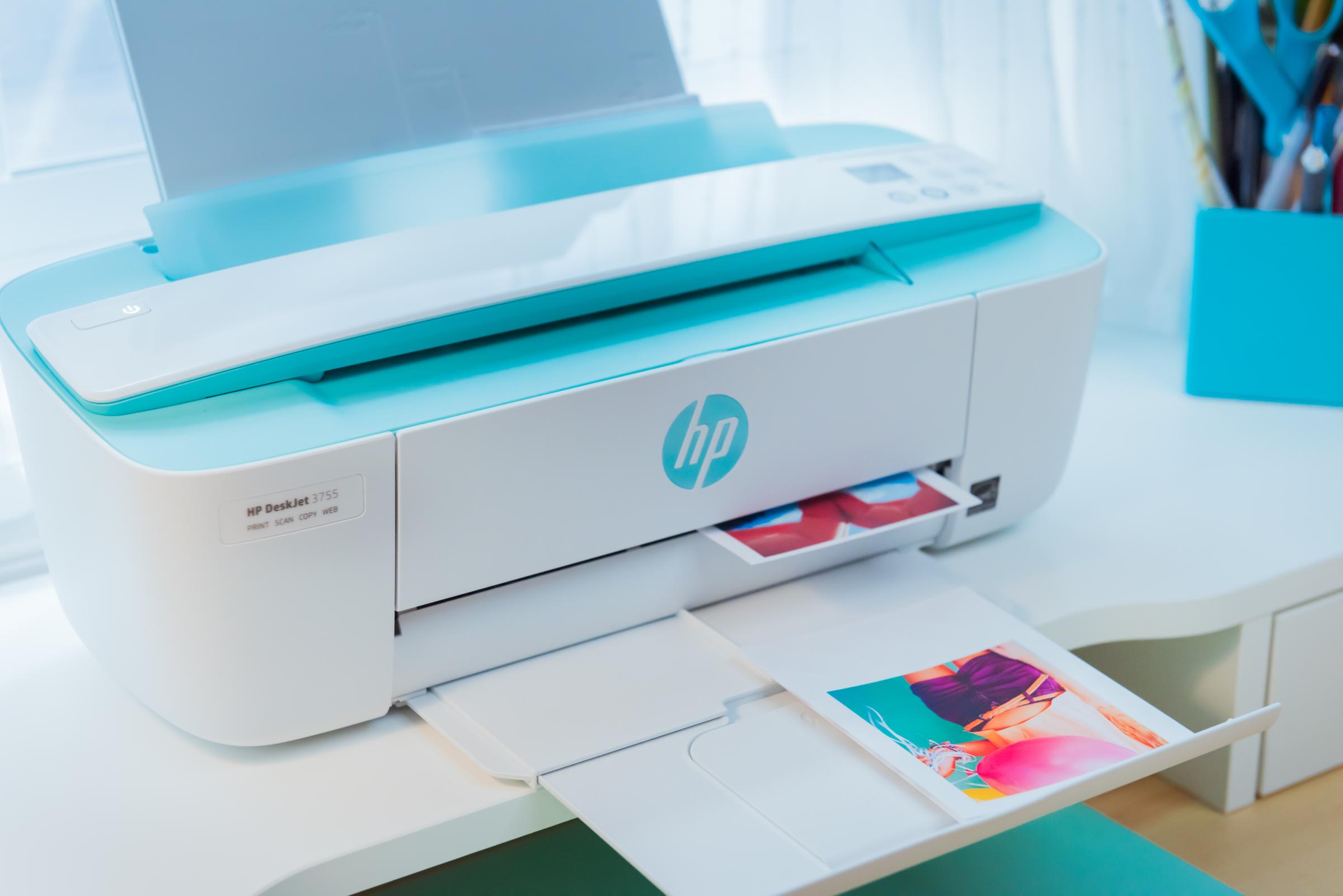
With tablets and cloud computing, many schools may have transitioned to electronic homework, but some stodgy teachers still require paper. For those classes, the $69 HP DeskJet 3700 won’t take a chunk out of your budget. And even better — it will also save you space on your desk. A scanning, copying, full-color, wireless printer, the 3700 bills itself as the world’s smallest all-in-one, just slightly larger than a loaf of bread and weighing a bit heavier then five pounds. This printer also packs some modern day perks, like automatically ordering ink before you run out, and a social media integration that can print out your best snaps, comments and all.
Kangaroo Mobile Desktop

With more operating systems than ever, it’s getting harder for students to keep up with all the technology. The Kangaroo Mobile Desktop is a Windows 10 computer that costs just $99 — that’s less than the cost of a license for Microsoft’s newest operating system. About the size of a pack of Pop-Tarts, the portable PC packs an Intel Atom processor, a 32 gigabyte hard drive, 2 GB of RAM, and even a fingerprint reader for secure log-ins.
But with no screen, keyboard, or mouse, the little black box is all about the inputs. It also has a pair of USB ports, an HDMI-in, a headphone jack, a micro SD card slot, and of course, Wi-Fi. That last bit comes in very handy when syncing up the Kangaroo with an iPad through the OSLinx app, which turns the Apple tablet into a wireless display.
New Matter MOD-t 3D Printer
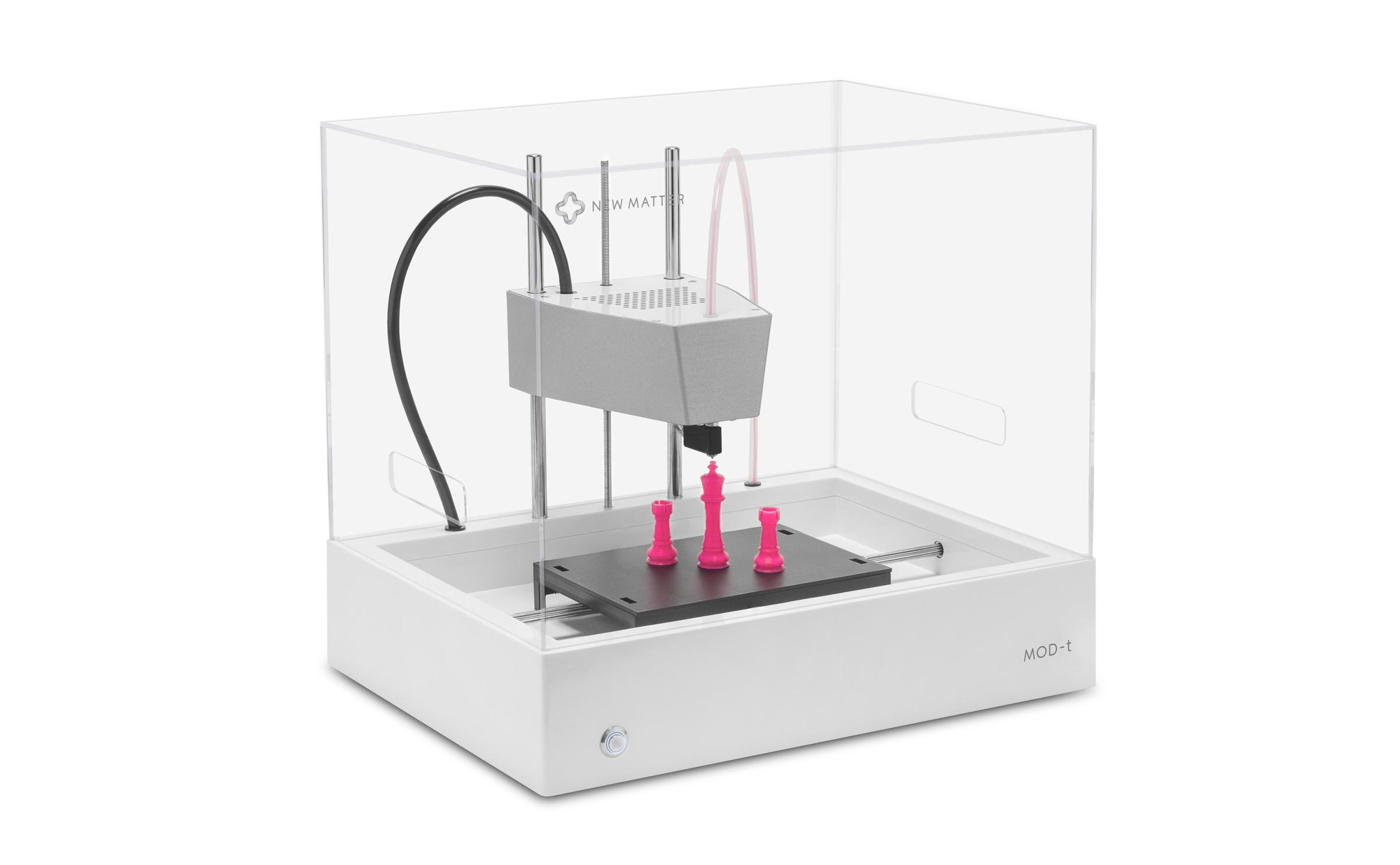
Design students need access to the latest in tools — which unfortunately can mean spending hours in campus computer labs. But the $399 New Matter MOD-t 3D Printer can let students output prototypes and comps whenever they want, without having to wait in a printer queue. An easy-to-use 3D printer that’s even easier on the eye, the MOD-t has a clean, minimal design that can make it the showpiece of a dorm room. Printing with eco-friendly PLA material that comes in a range of colors, it outputs objects quietly and safely. And with Wi-Fi connectivity and a browser-based interface, it can be used by a wide range of computers and tablets. Just don’t tell that to your fellow students, or everyone will be hitting you up for a quick rendering.
MOS Pack
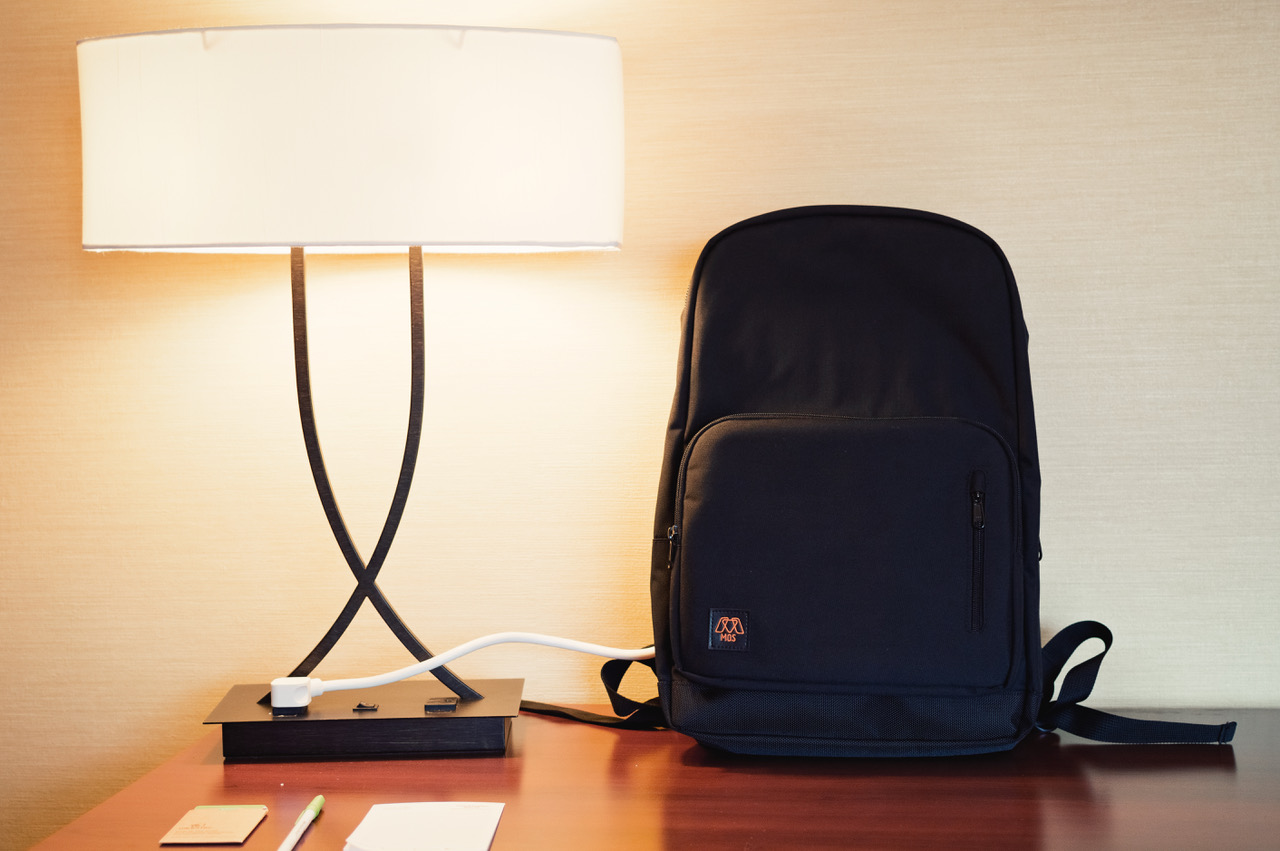
Instead of coming with a portable battery — a technology that’s improving and falling in price all the time — the $99 MOS Pack has an embedded power strip which lets it charge a laptop and at least two USB devices with just one power plug. So any time you’re near an electrical outlet (on a train, plane, or in the library, for instance), you just plug in the strip, and all your gear charges at once — no need to decide which one to charge.
But that’s only the beginning — there are several other smart features to this bag, like its waterproof bottle pocket, padded and lined sunglass pouch, and magnetic shoulder strap, which gives you a place to pin your headphones. All told, it might be the smartest thing you see at school this year.
Plantronics Backbeat Go 3

Whether it’s listening to recorded lectures or blocking out distractions while studying, headphones are a modern-day must for students of all ages. Taking up very little space in a backpack, the Plantronics Backbeat Go 3 wireless earbuds make for great study buddies. Connecting to a music source via Bluetooth, the $129 Go 3s have up to 6.5 hours of battery life, and if that’s not enough, the (optional) charge case (make sure to buy the right version) has enough battery for two re-ups. The earbuds also come with an array of differently-sized eartips to ensure a snug fit, and a sweatproof coating, in case you need to cram extra hard for that organic chemistry (or just work out with them).
Epson Expression ET-2500

Though we live an increasingly digital age, the physical act of handing in homework is still something many teachers and professors require. As a result, printers are still necessary tools for modern students. And therefore printer ink — which must be a mixture of unicorn tears and fairy blood, considering its exorbitant price — is a necessary evil.
Epson says its new EcoTank line of printers come with enough ink to print up to 4,000 black or 6,500 color pages, right out of the box. With a new, low-cost ink technology, the $13 refill bottles are the equivalent of 20 sets of cartridges. Sure, the $380 up-front cost of this printer/scanner/copier is higher than budget models, but if you get one as a freshman, you might not need to top it up until you’re a senior.
Guess the price: Back-to-School Quiz
Google Nexus 6
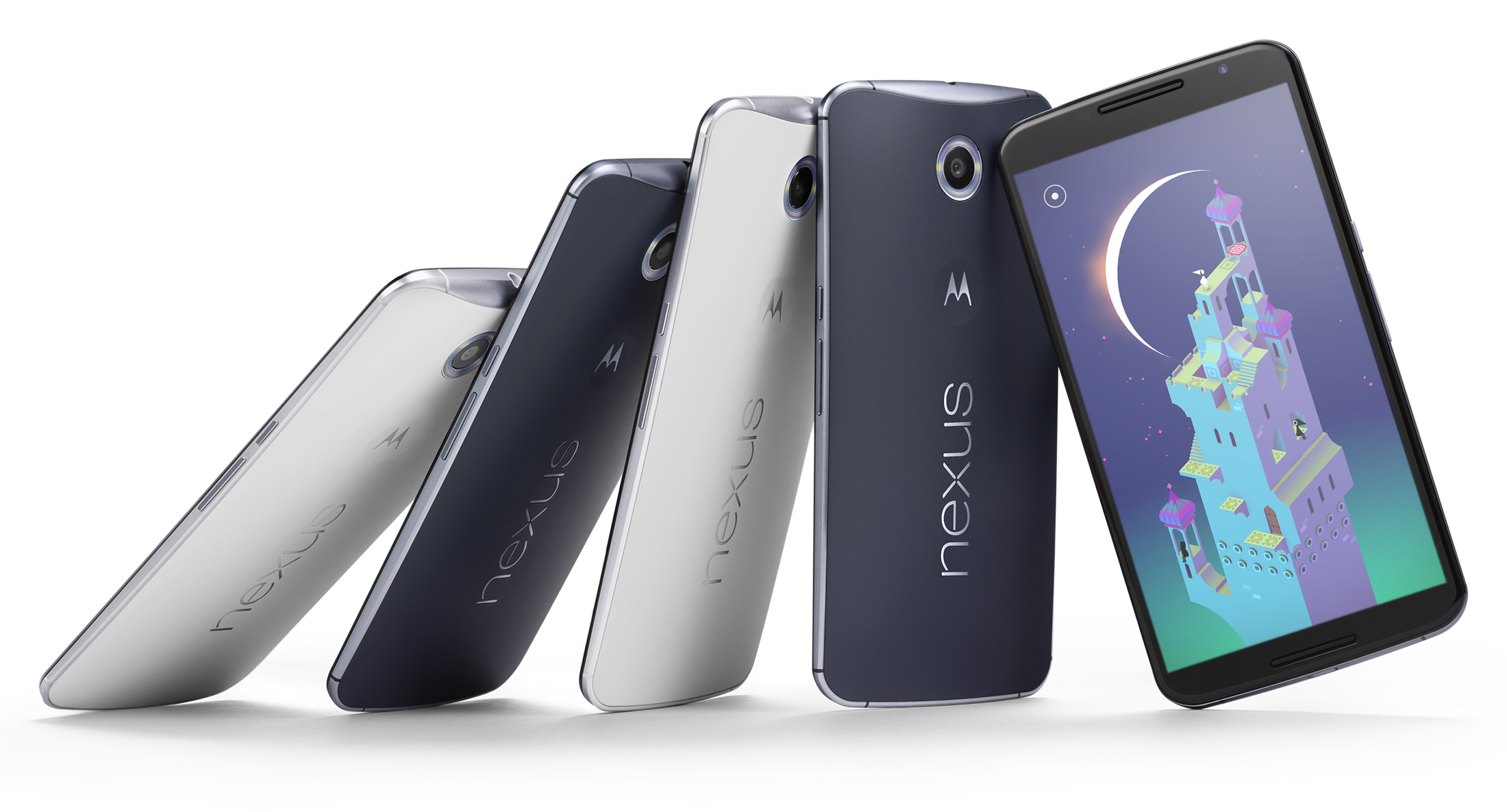
From scheduling study groups on the fly to unplugging with some Yik Yak, smartphones are the Swiss Army Knives of school life. And while this $499 Android phone is expensive, if you think of it like a four year investment in staying connected to your studies (and friends, of course), it starts to make more sense.
Of course there are less expensive ways to get the latest, greatest Google phone — with 32GB of storage, a long-lasting 3220Ah battery, and a richer-than-an-alumni-booster AMOLED display — but the best way to make it stick to your budget is to use it on Project Fi. A Google-run mobile network that offers pay-as-you-go data, Project Fi is currently only available on the Nexus 6, and is excellent for people frequently sitting under an umbrella of Wi-Fi, like students.
Jlab Epic Bluetooth Earbuds
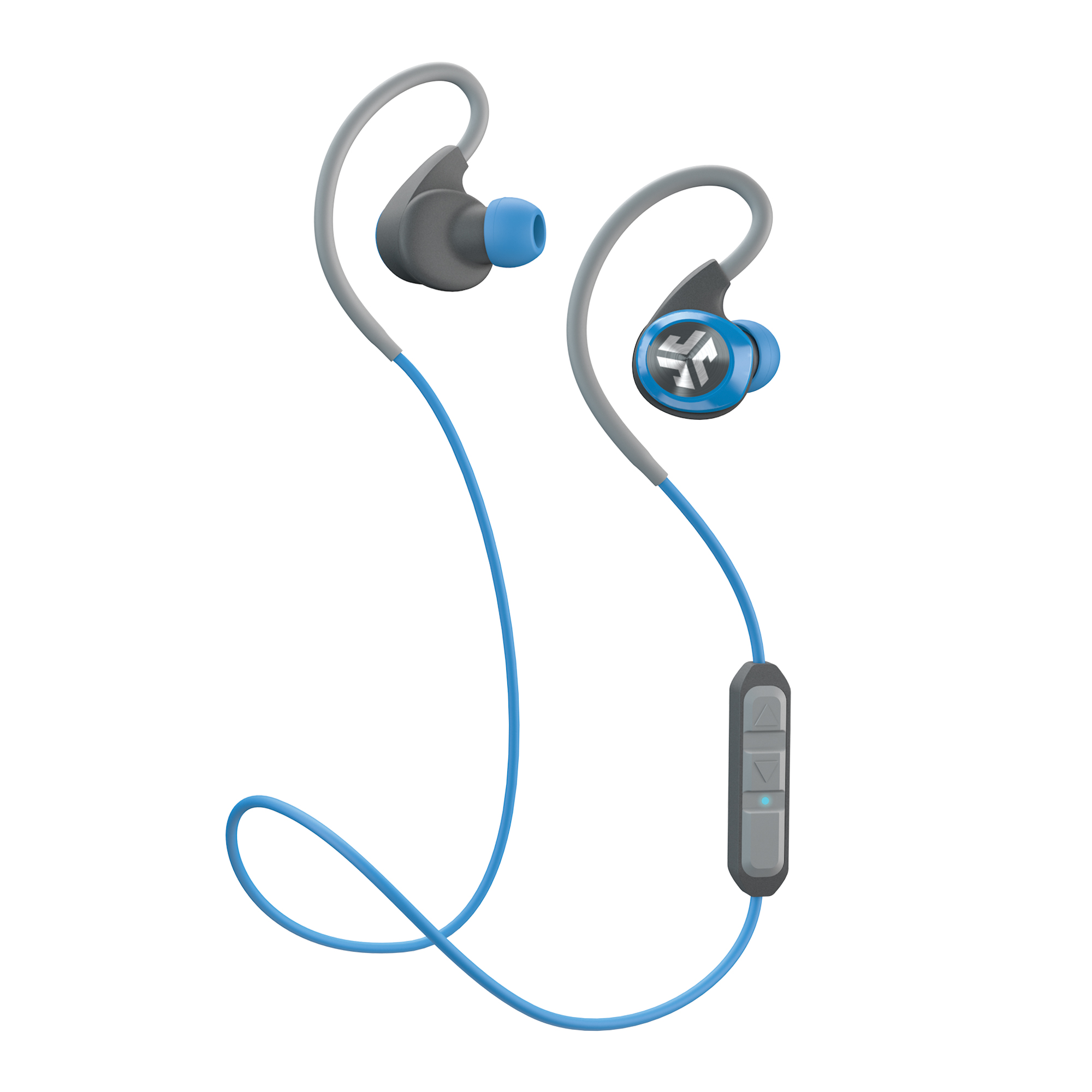
An unconventional educational tool to be sure, a good pair of headphones can be invaluable to students in a number of ways, from blocking out distractions in the library to helping to clear an algebra-garbed mind. With ten hours of playtime, these $99 wireless earbuds can outlast any study session, and with Bluetooth 4.0, you can wander up to 30 feet from your music player, if pacing helps you think.
The low-profile headphones are also a better choice for students than big over-the-ear cans because they take up less space in a backpack. And if they happen to rub up against a water bottle in there, don’t worry — the buds are IPX4-rated to be resistant to water splashes. Just don’t wear them to your water aerobics elective.
Karma Go
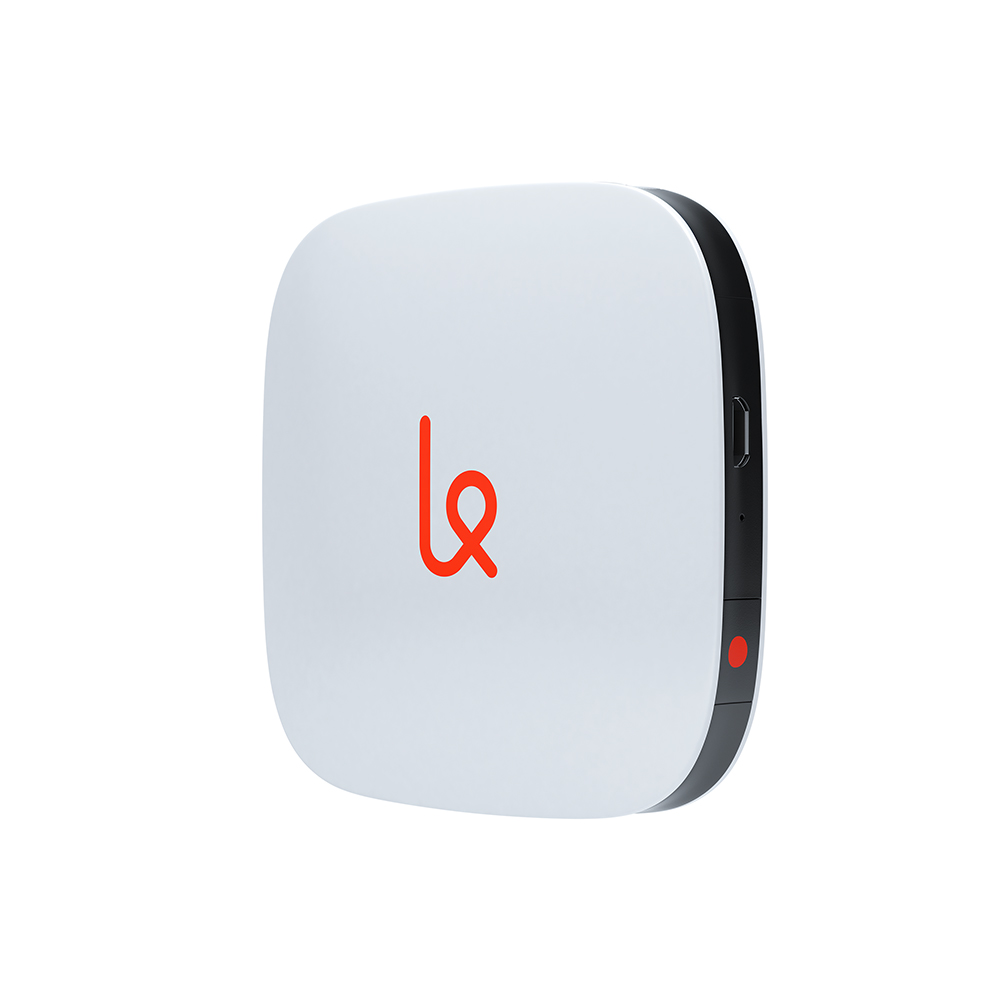
Nothing will kill a research paper writing session faster than wonky Wi-Fi. But instead of relying on a coffee shop or the student union for a decent data signal, you can bring your own with this 4G mobile hotspot. Offering a pay-as-you-go model of $14 per GB, Karma also has an ingenious social component that lets you earn free data every time someone new logs onto your connection. So, while the compact mirror-sized device itself will cost you $149 at the outset, if you leave it on at enough of the right places, you may never have to pay for mobile data again.
Outdoor Tech Kodiak Power Bank

When students need a power boost during a long day of learning, the grade school set can whoop it up outside at recess, high schoolers can hit the gym, and college kids can turn to coffee. But when your devices get run down, there’s only one fix—a recharge.
This USB-connecting power bank has enough juice to top up an iPhone 6 more than three times, making sure you have enough battery to endure days so long it seems like the bell will never ring. And with a rugged, rubber coating, you can leave it at the bottom of your backpack without fear of it getting crushed by your biology textbook.
SanDisk Connect Wireless Stick
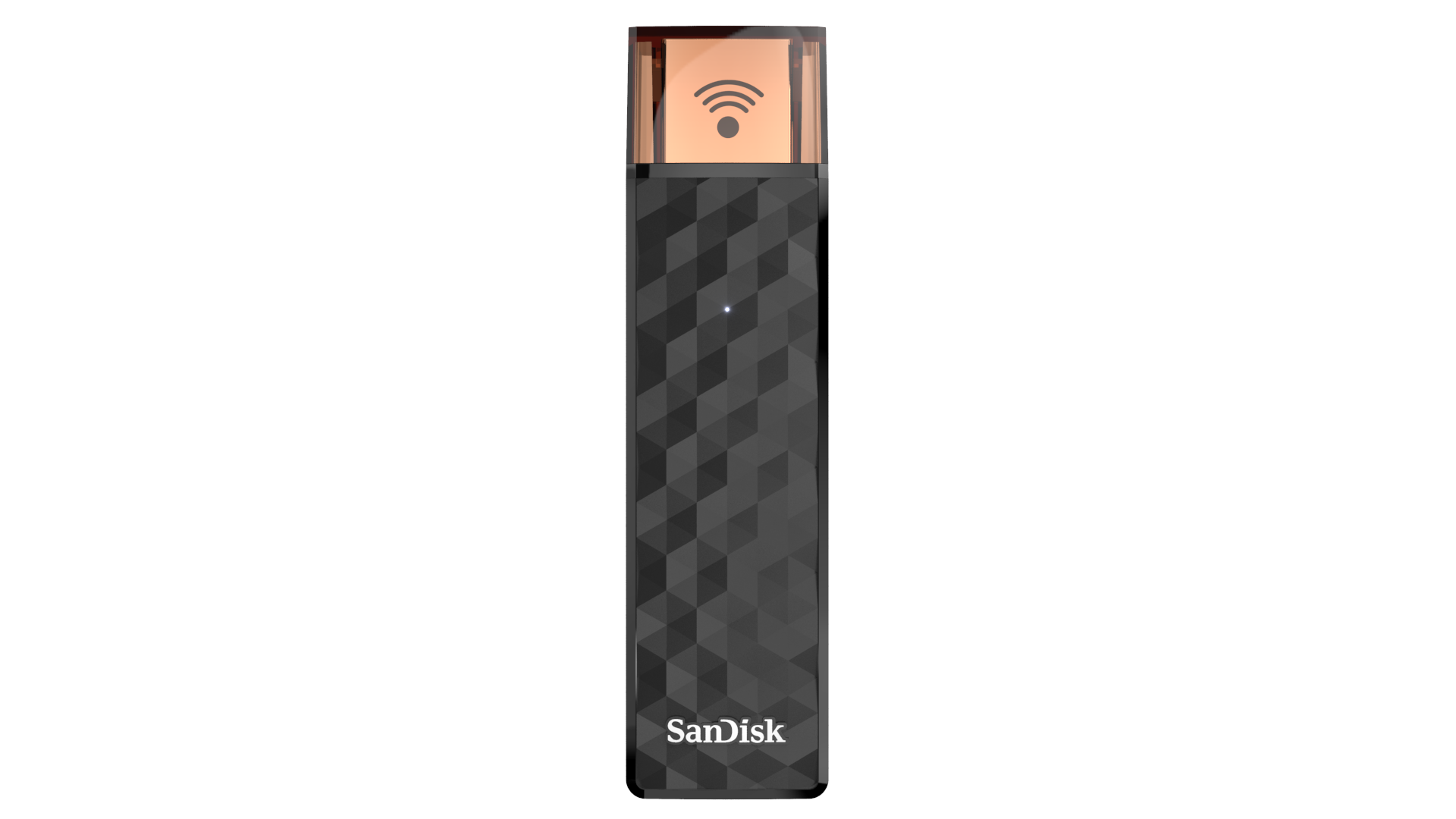
There’s one thing every student will learn in school that they’ll certainly use all their life — and it’s not the Pythagorean Theorem, I before E, or how to stay awake in class. It’s saving your work early, often, and in more than one place.
This Wi-Fi-enabled memory stick can connect to your device from across the room, beaming everything from tunes to term papers to your Android, iOS, Mac, or Windows gear. Starting at 16GB of storage for just $25, the memory stick is the perfect place to backup your files. That way, if your computer acts up, you can use the Connect’s USB 3.0 connector to plug it into another machine and get back to work.
More Must-Reads from TIME
- How Donald Trump Won
- The Best Inventions of 2024
- Why Sleep Is the Key to Living Longer
- How to Break 8 Toxic Communication Habits
- Nicola Coughlan Bet on Herself—And Won
- What It’s Like to Have Long COVID As a Kid
- 22 Essential Works of Indigenous Cinema
- Meet TIME's Newest Class of Next Generation Leaders
Contact us at letters@time.com